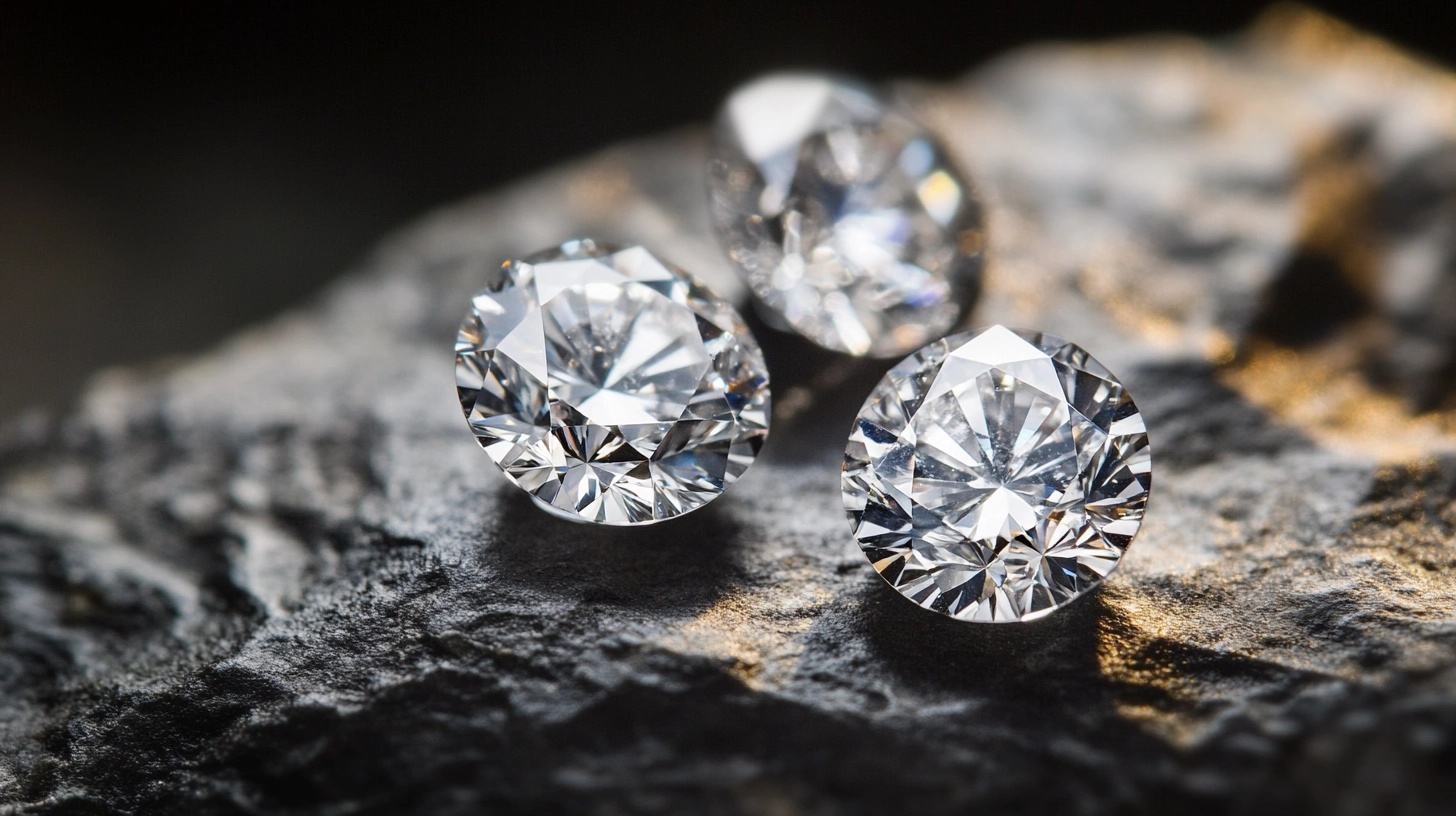
Finding the perfect diamond can feel overwhelming. With so many types available and terms like color grades, clarity, and certification to understand, many buyers struggle to make the right choice.
The good news is that choosing the right diamond doesn’t have to be complicated.
With clear, factual information about different diamond types, you can make a smart choice that fits your style and budget.
This guide breaks down everything about diamond types in simple terms.
We’ll walk through natural and lab-grown diamonds, the four key quality factors, different shapes and their features, and practical tips for selecting the best diamond for your needs.
The Four Main Diamond Types
1. Type Ia Diamonds
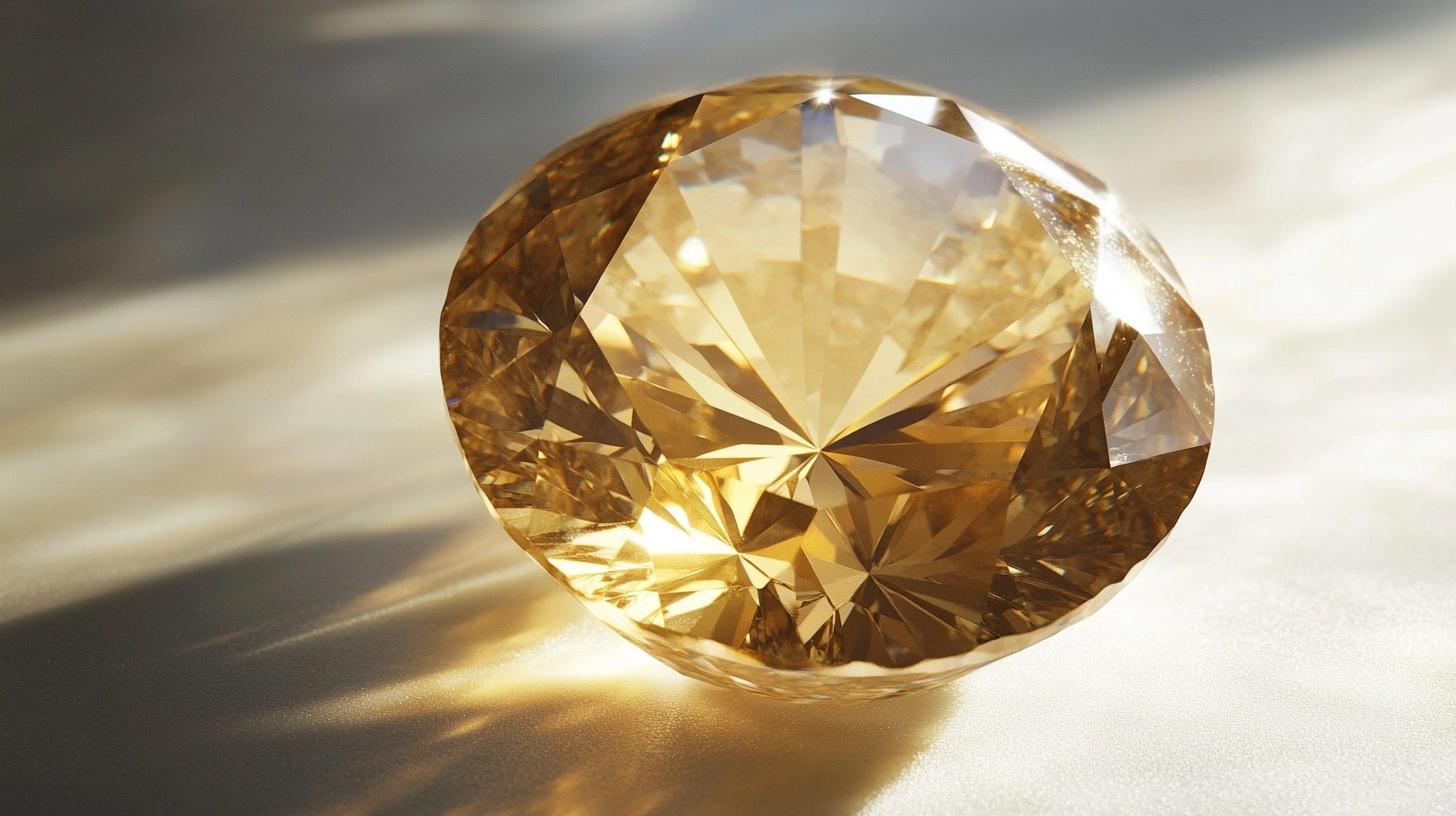
These diamonds make up most of the natural diamonds in the world, containing grouped nitrogen atoms within their structure. They show specific light absorption patterns due to their internal makeup.
Key Features:
- Represents 98% of natural diamonds
- Shows yellow or brown tints
- Available in two subtypes (IaA and IaB)
2. Type Ib Diamonds
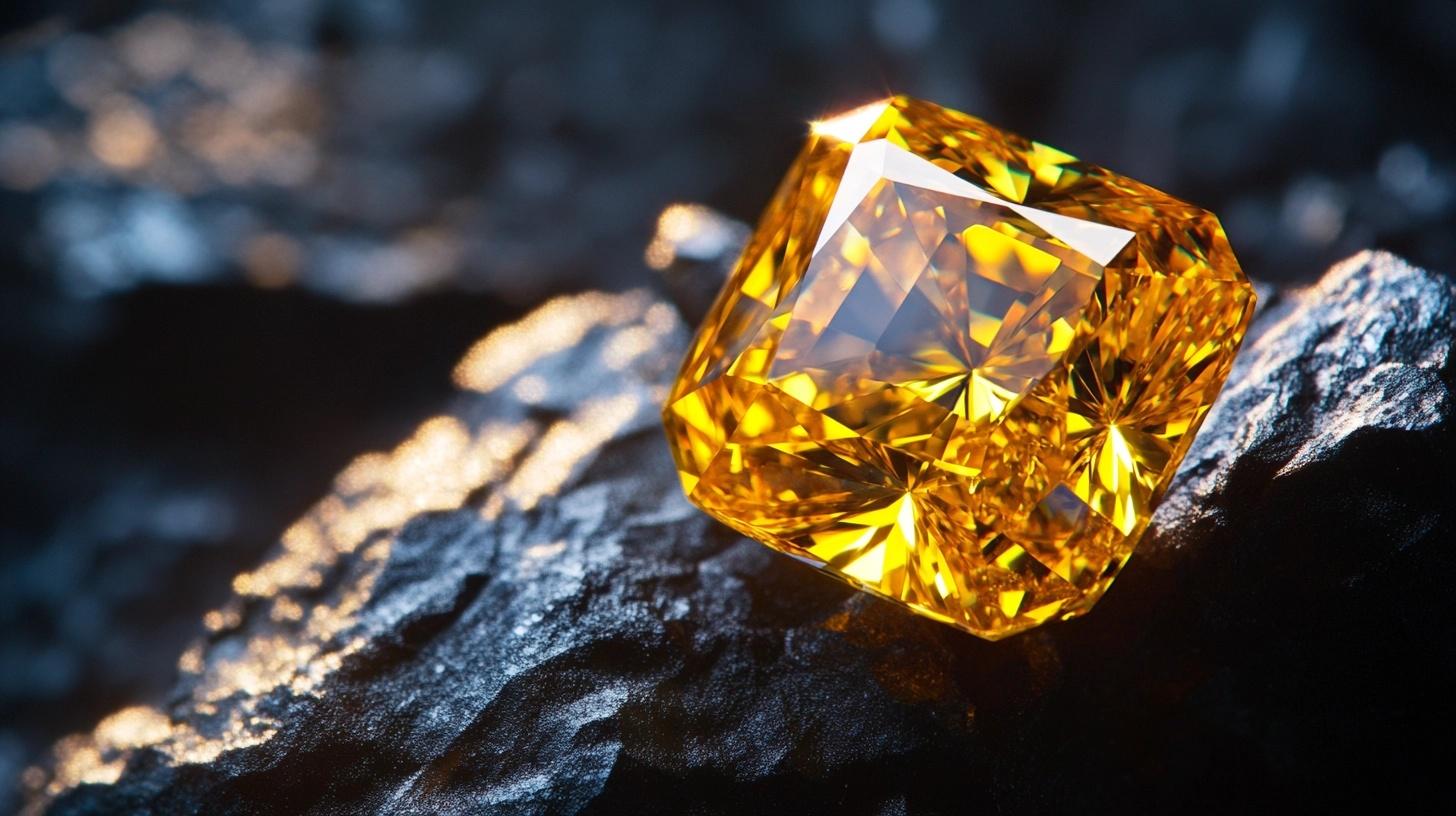
These rare stones contain single nitrogen atoms spread throughout their crystal structure. This unique arrangement creates notable color patterns, making them stand out among natural diamonds.
Key Features:
- Makes up less than 0.1% of natural diamonds
- Displays rich yellow or brown shades
- Often found in canary yellow diamonds
3. Type IIa Diamonds
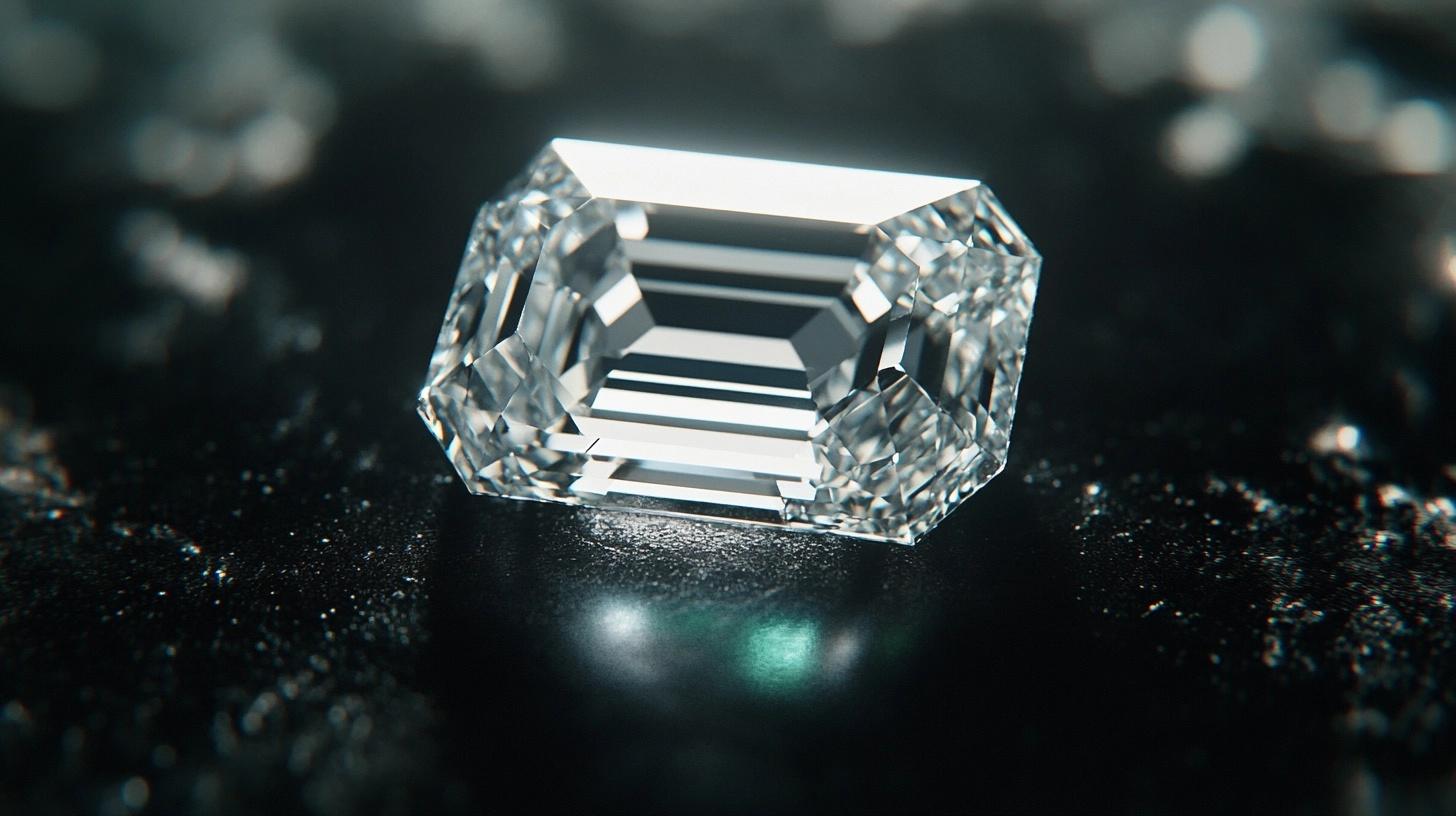
Pure and exceptional, these diamonds lack nitrogen impurities in their structure. Their outstanding quality makes them highly valued in the diamond market, and they are often featured in famous jewelry pieces.
Key Features:
- Known for exceptional clarity
- Can appear colorless or pink
- Found in famous stones like the Cullinan
4. Type IIb Diamonds
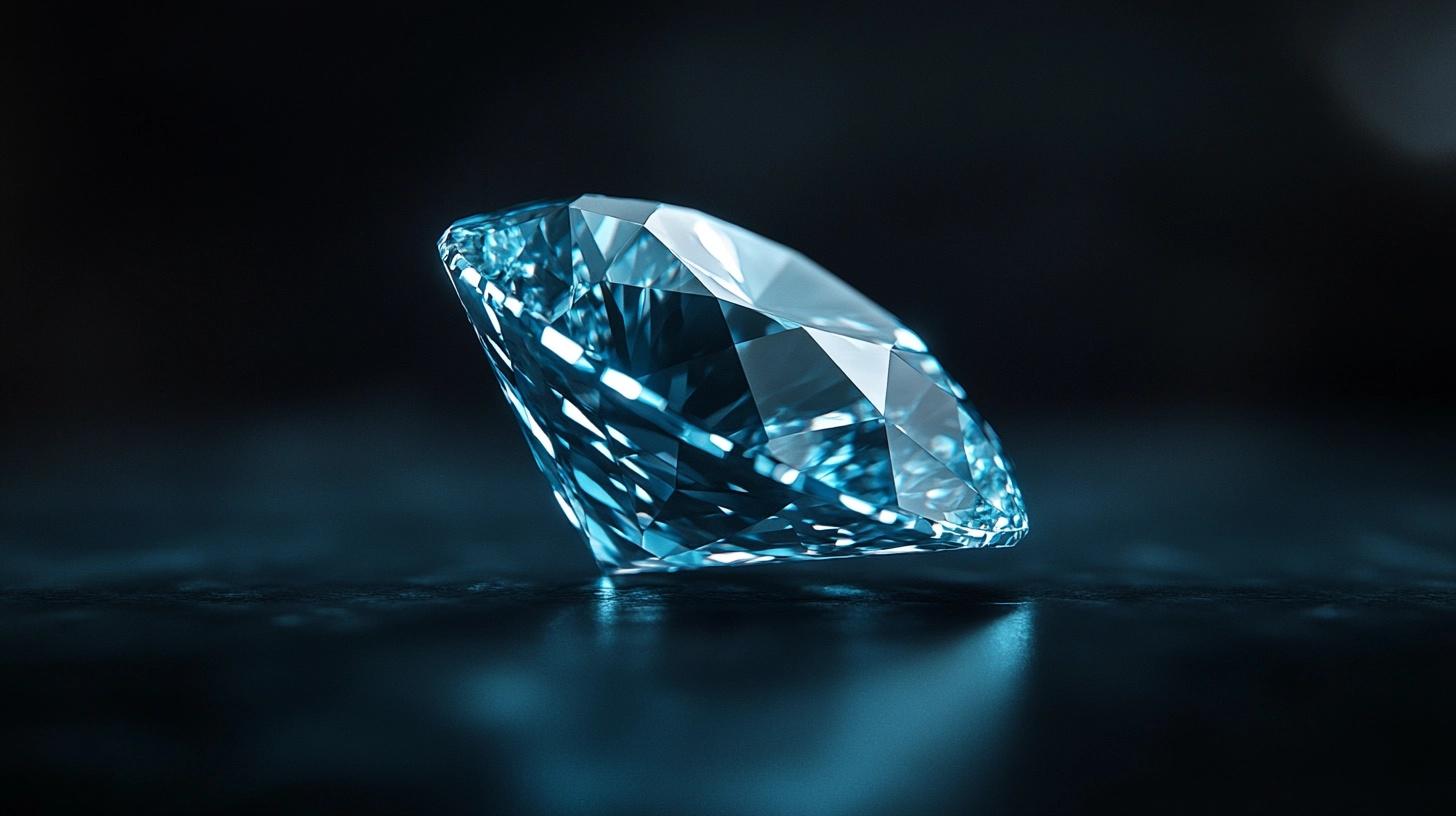
These unique stones contain traces of boron, setting them apart from all other diamond types. Their special composition creates both visual and physical properties not found in other diamonds.
Key Features:
- Contains boron elements
- Shows blue or gray color
- Can conduct electricity
Types Based on Structure and Composition
5. Natural Diamonds
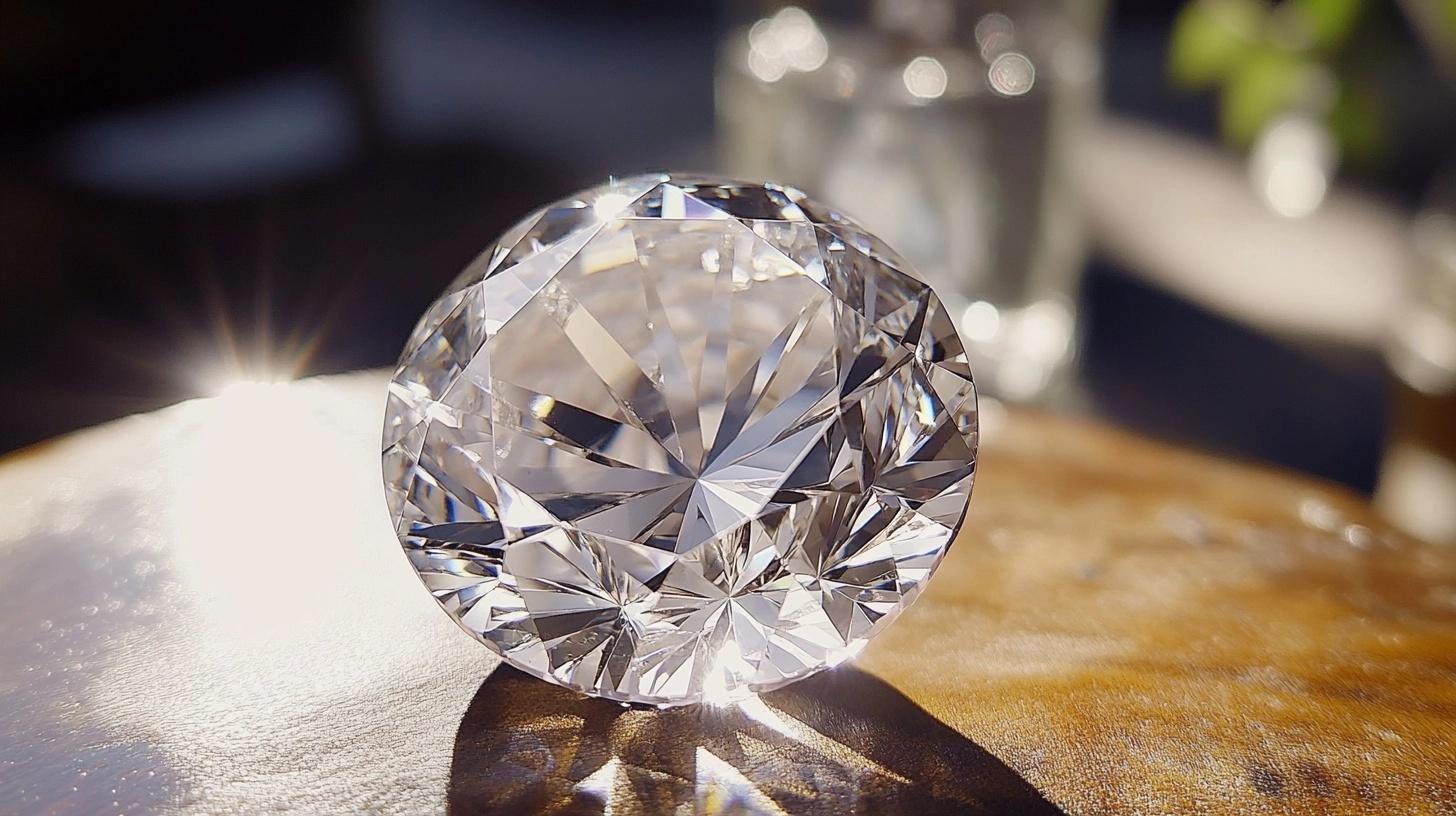
Nature crafts these precious stones deep within Earth’s mantle over billions of years. Through intense heat and pressure, pure carbon transforms into diamonds, creating one of Earth’s most sought-after treasures.
Key Features:
- Forms 150 kilometers below Earth’s surface
- Available in multiple colors based on mineral content
- Holds the highest resale value among diamonds
6. Lab-Grown Diamonds
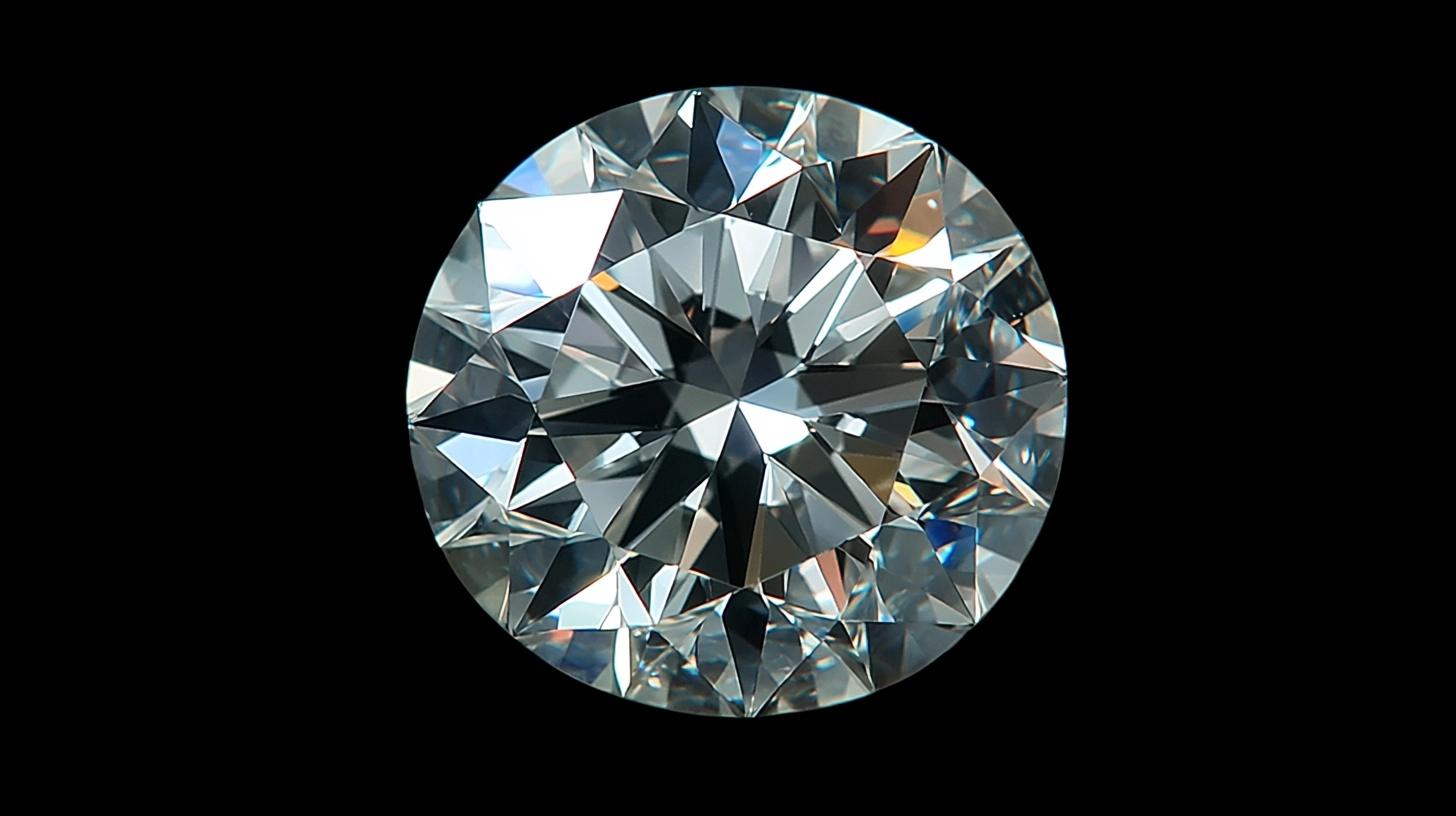
Modern technology allows scientists to create diamonds in controlled laboratory settings. These stones match natural diamonds in composition while offering an alternative that appeals to cost-conscious buyers.
Key Features:
- Created through HPHT or CVD methods
- Full origin certification
- 30-40% more affordable than natural diamonds
7. Carbonado Diamonds
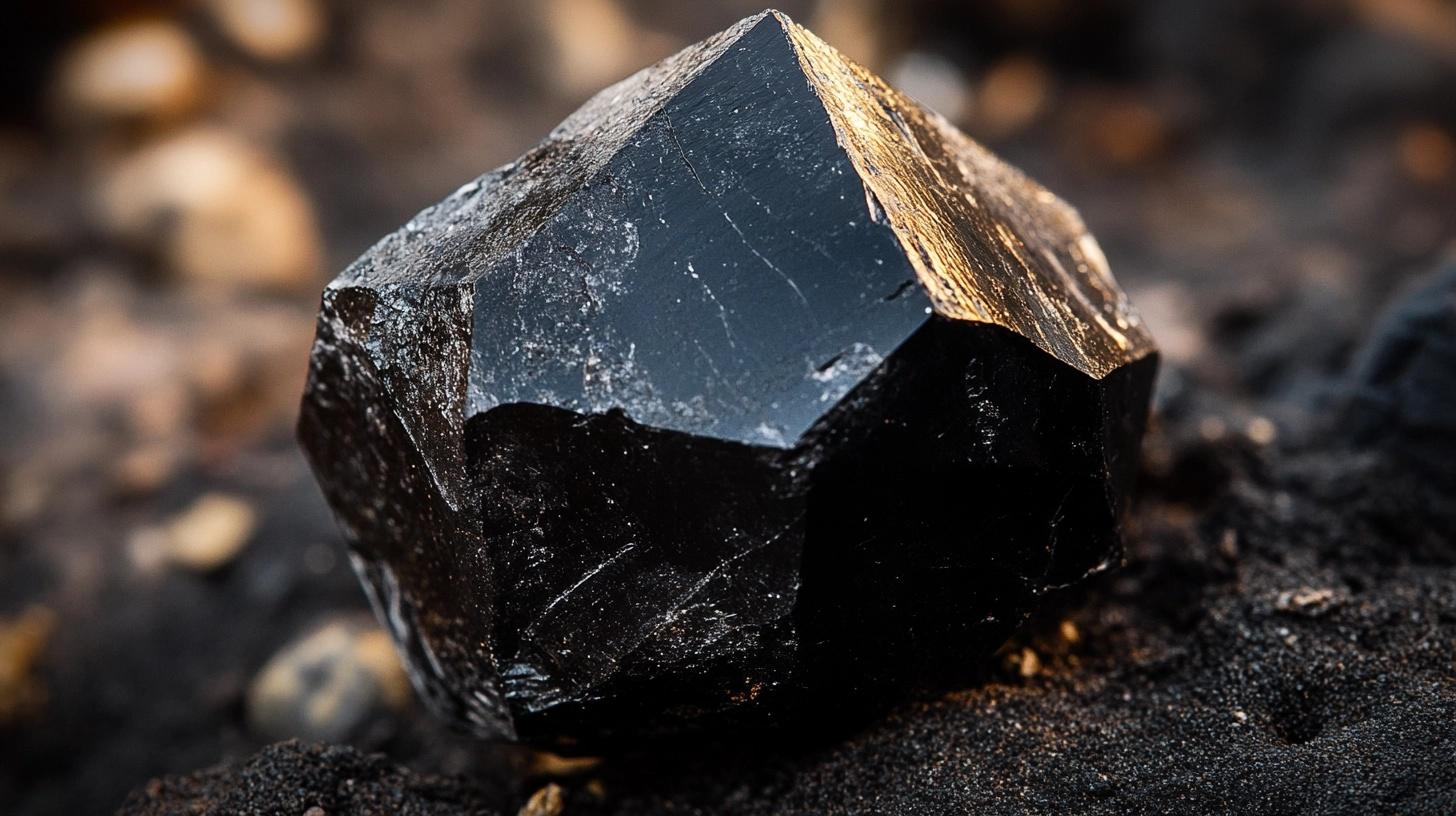
These mysterious black stones appear naturally in only two locations worldwide. Their unusual composition and structure have led scientists to develop fascinating theories about their formation.
Key Features:
- Porous internal structure
- Found only in Brazil and Central Africa
- Higher resistance to breakage
8. Synthetic Diamonds
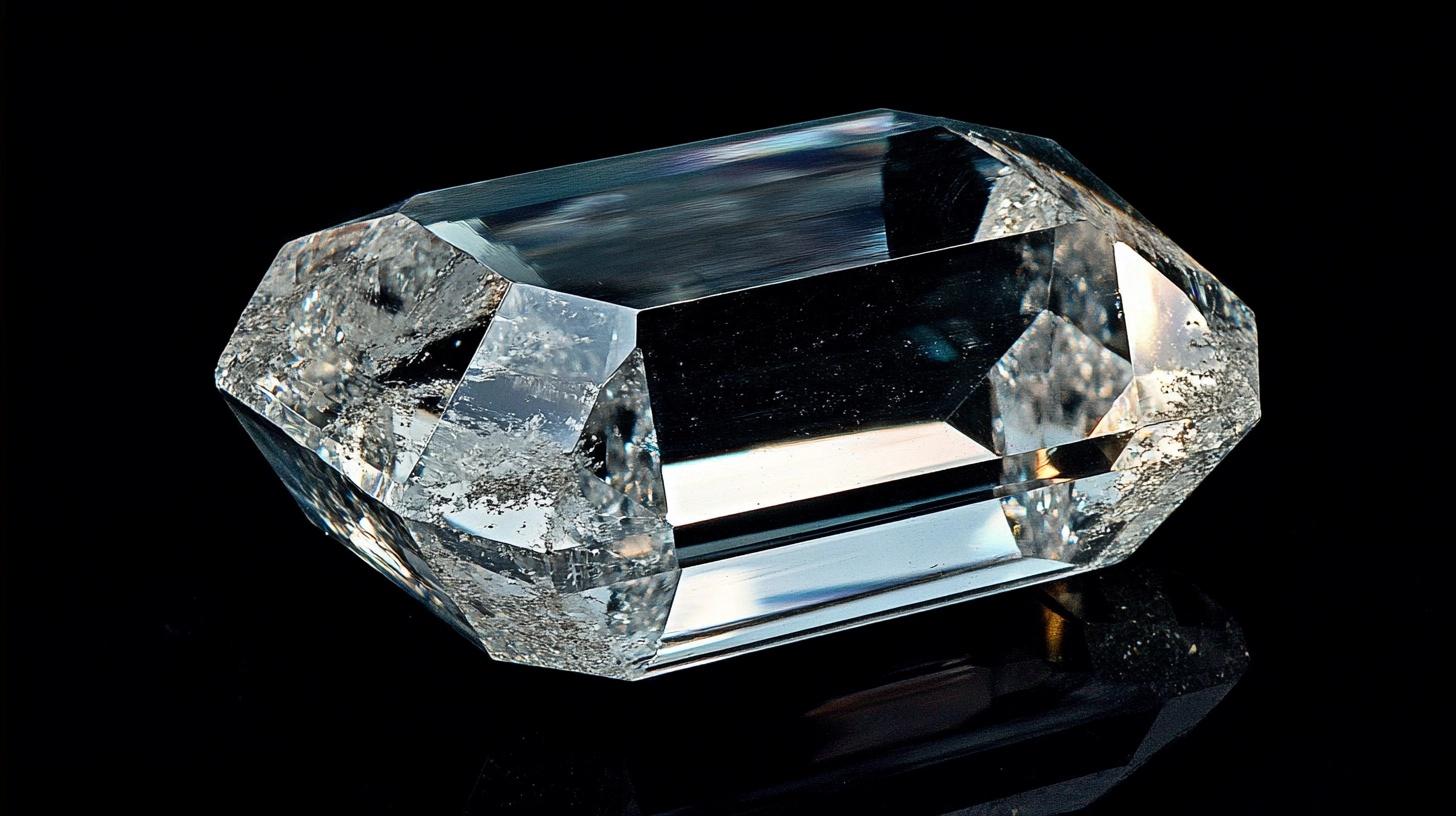
These specialized stones serve purely practical purposes in industrial applications. Their creation focuses solely on maximizing performance in technical and manufacturing processes.
Key Features:
- Used in cutting tools and machinery
- Superior heat conductivity
- Cost-effective for mass production
Types Based on Clarity and Inclusion
9. Inclusion-Free Diamonds
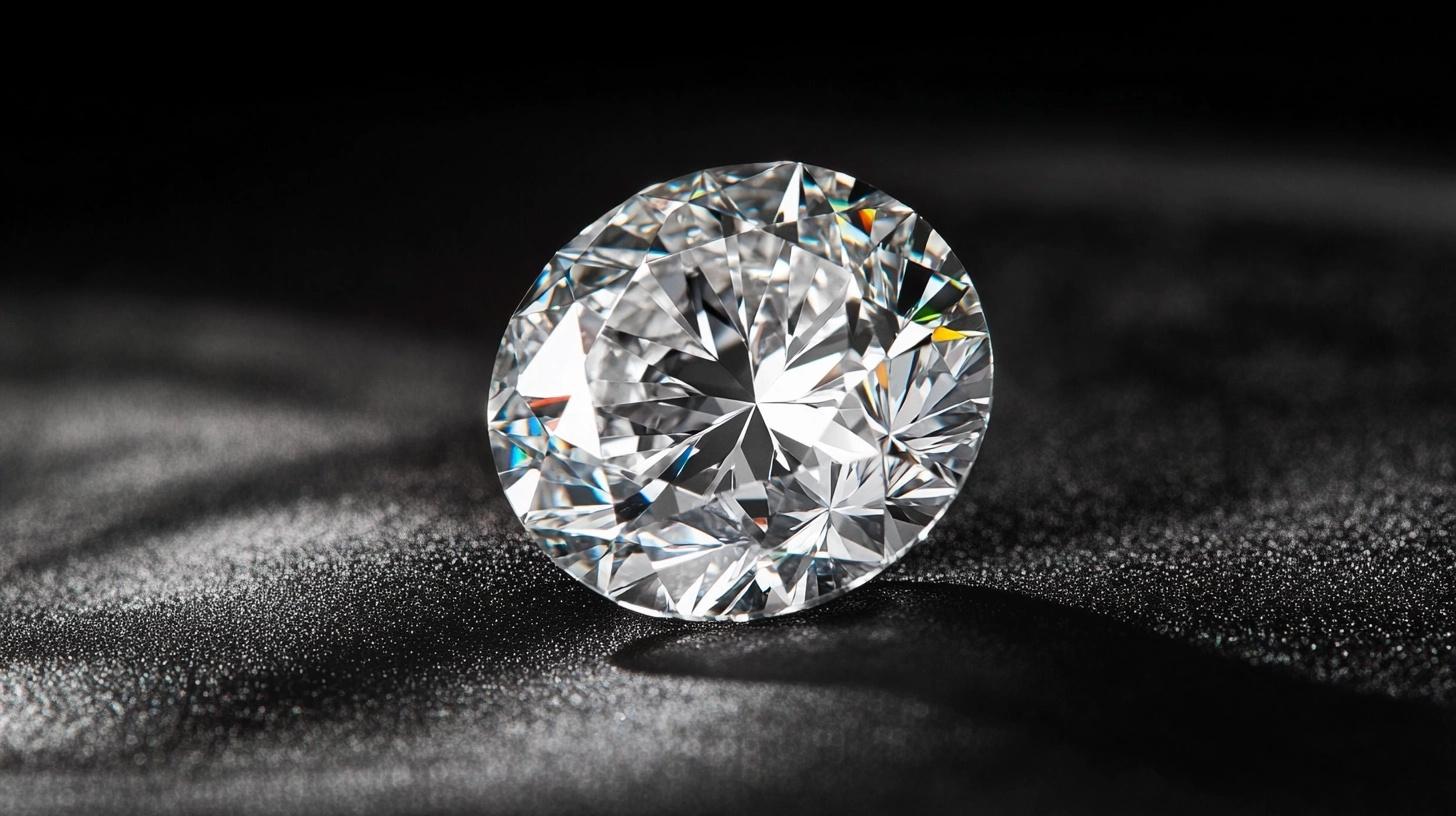
These rare gems show perfect clarity under professional magnification at 10x power. Among millions of diamonds, only a tiny fraction achieve this level of purity, making them highly valued in the market.
Key Features:
- Graded as FL (Flawless) or IF (Internally Flawless)
- Highest level of transparency and shine
- The most expensive clarity grade
10. Included Diamonds
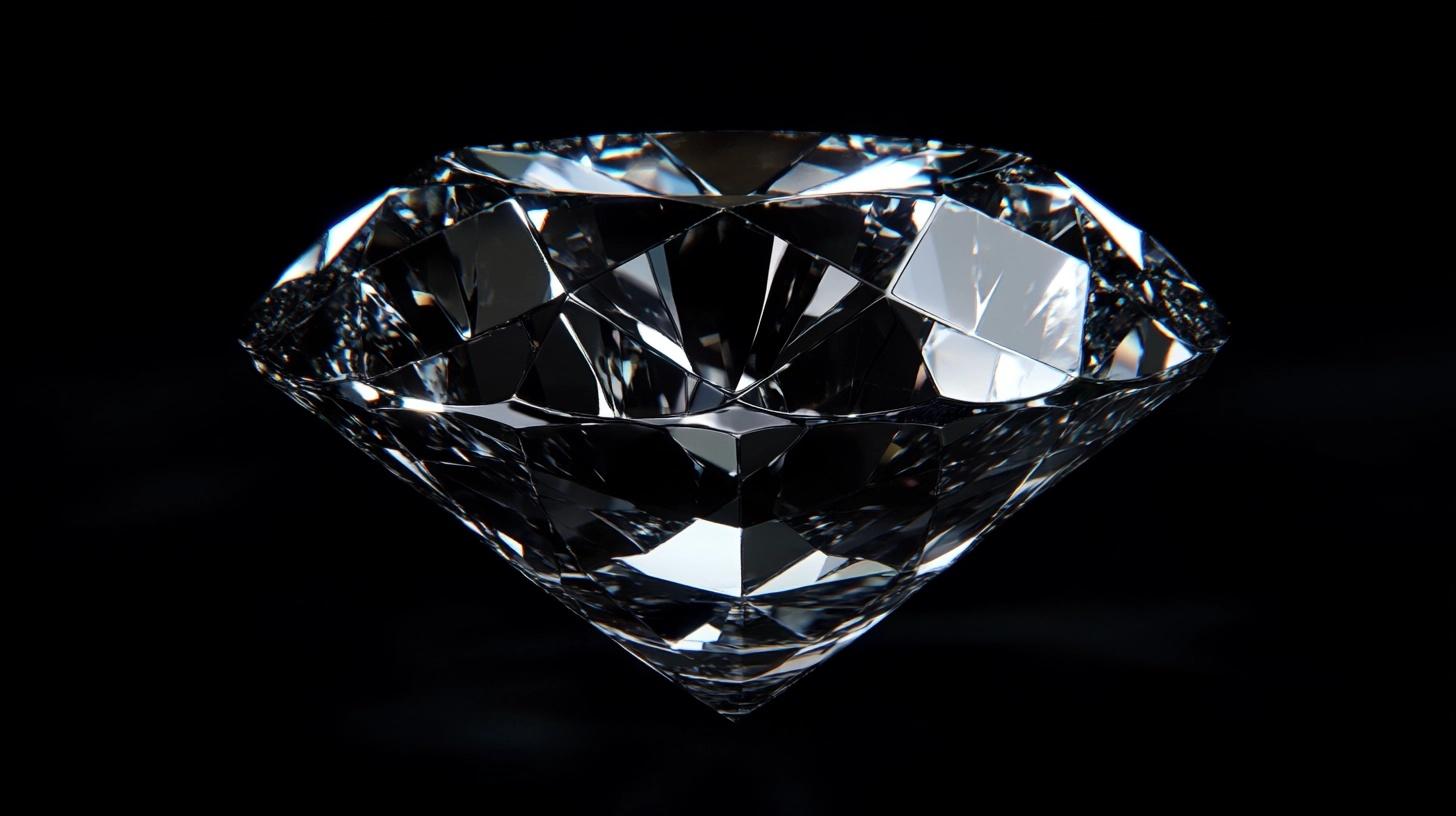
These diamonds contain natural internal marks that formed during their creation. Like fingerprints in nature, these marks make each stone unique while offering buyers a more accessible price point.
Key Features:
- Graded from VS (Very Slightly Included) to I (Included)
- Natural internal characteristics
- Best value for budget-conscious buyers
Types Based on Color
11. White Diamonds
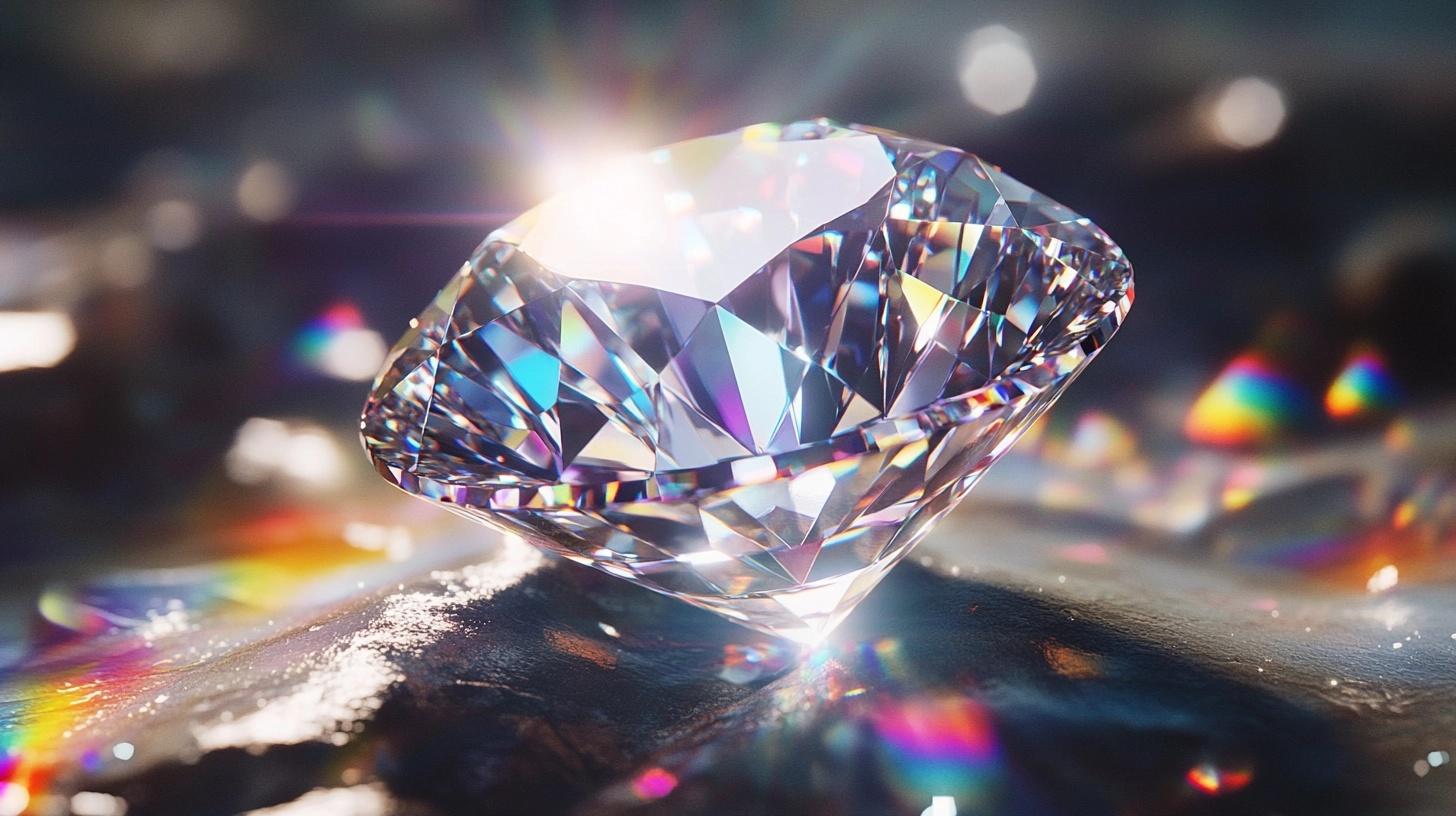
These traditional diamonds range from completely clear to subtle yellow tints. The color scale runs from D to Z, with D being the purest white and most valuable grade.
Key Features:
- Graded from D (completely clear) to Z (light yellow)
- Most popular for engagement rings
- Value decreases as color becomes more visible
12. Fancy Colored Diamonds
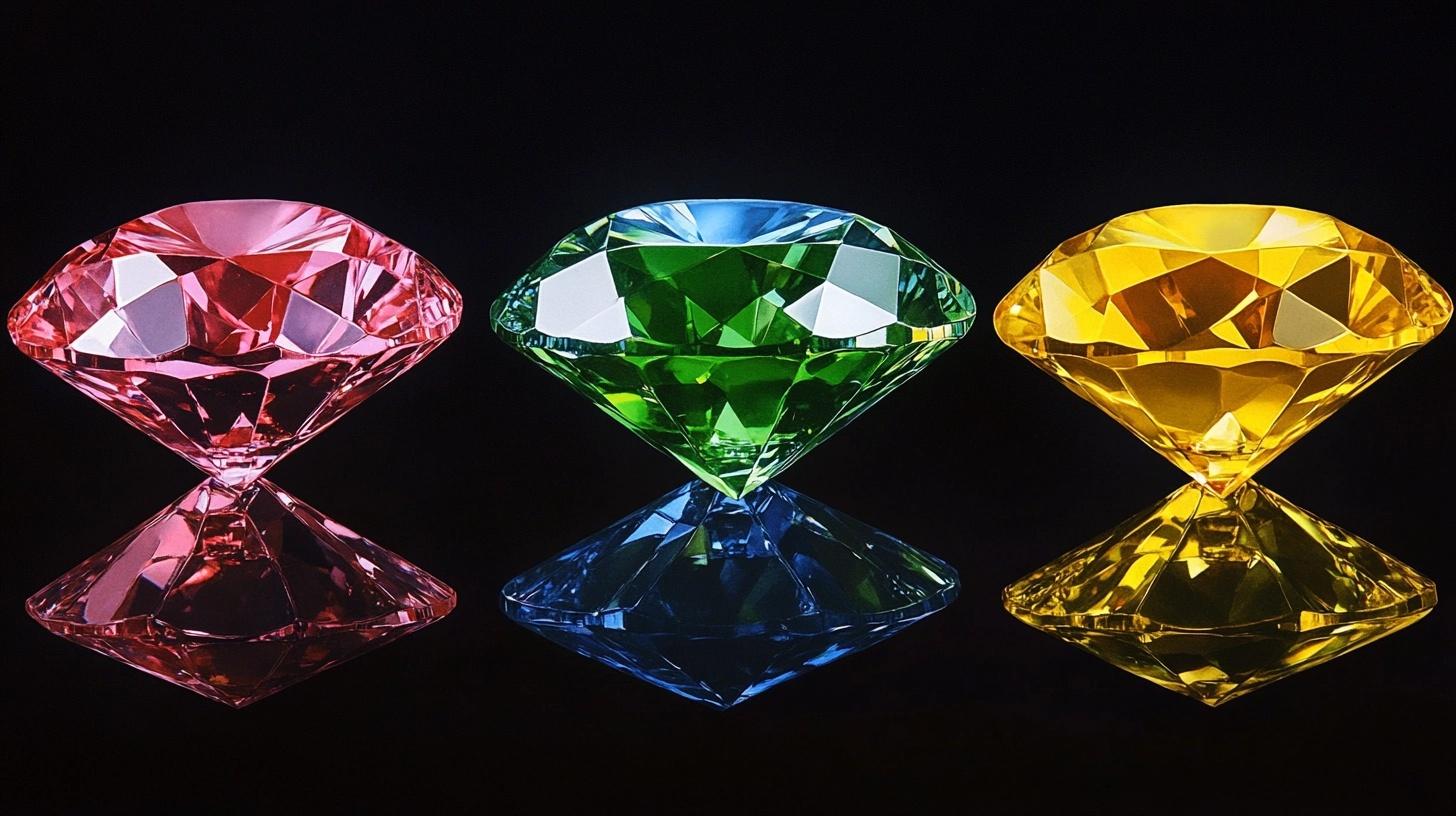
These extraordinary gems get their stunning colors from trace elements present during formation. Their rarity and unique hues make them highly sought after, with each color having its own special place in the market.
Key Features:
- Rarer than white diamonds
- Each color has unique value factors
- Colors vary in intensity levels
Main Color Categories:
- Yellow: Most common fancy color
- Pink: Sought after for romantic appeal
- Blue: Extremely rare, high value
- Green: Result of natural radiation
- Red: Rarest of all diamond colors
- Brown: Marketing names include “Champagne”
13. Black Diamonds
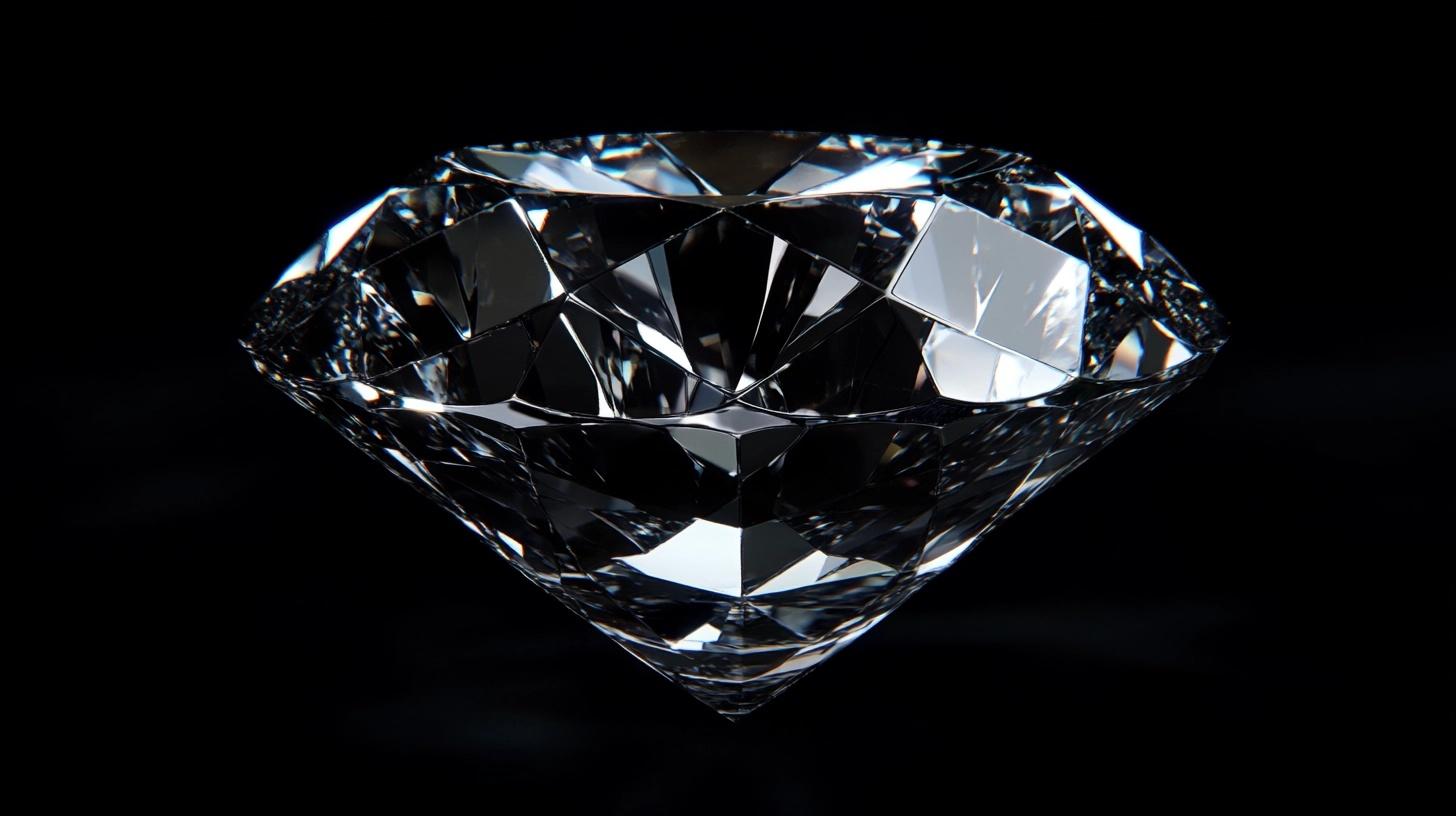
These distinct stones stand out with their solid, dark appearance. These unique stones contain numerous internal features that create their distinctive color, making them perfect for bold jewelry designs.
Key Features:
- Completely opaque appearance
- Modern appeal in jewelry
- More affordable than other fancy colors
Types Based on Cut
14. Round Brilliant Cut
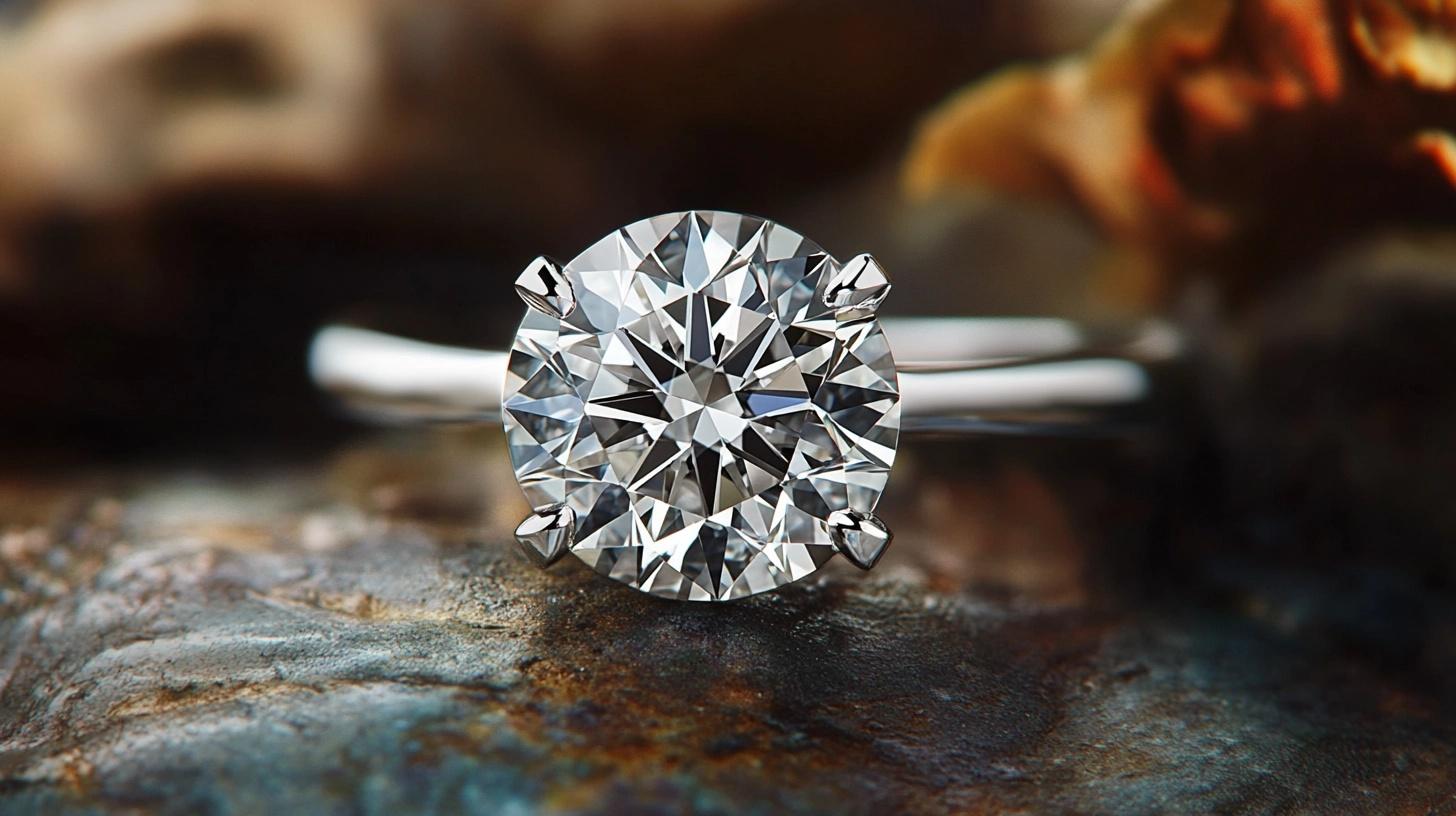
The most scientifically engineered diamond shape, designed to deliver exceptional brilliance through precise mathematical calculations. Each facet placement maximizes light reflection, creating superior sparkle compared to all other shapes.
Key Features:
- Most valuable per carat
- Suits every hand type
- Universal setting compatibility
15. Princess Cut
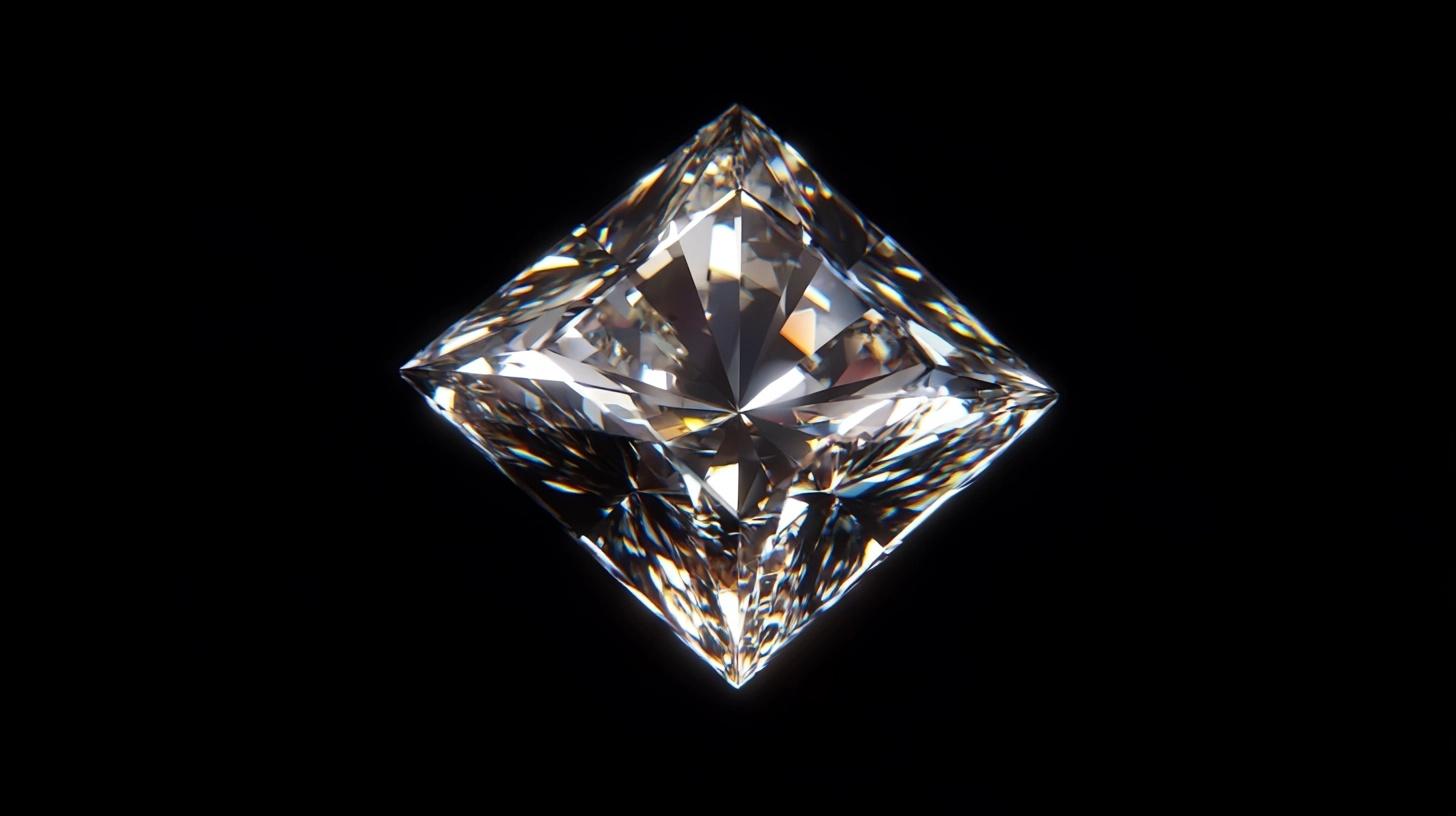
This contemporary shape combines mathematical precision with square symmetry. Its pyramid design with four beveled sides creates an optical pattern that makes diamonds appear larger than their actual weight.
Key Features:
- Requires protective settings
- Minimizes rough diamond waste
- Excellent for side stones
16. Cushion Cut
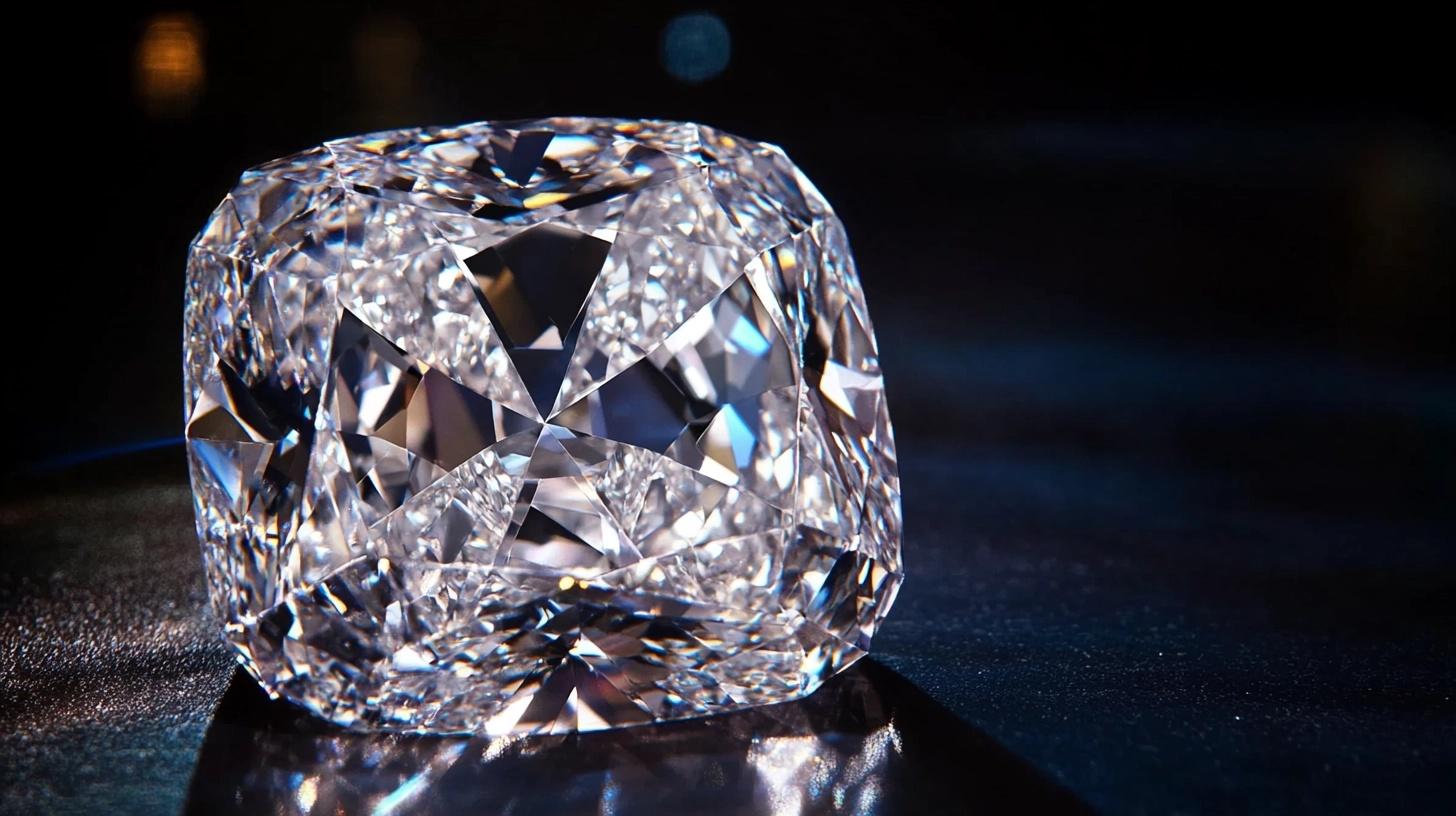
This shape blends old-world charm with modern cutting techniques. Its pillow-like outline and larger facet pattern create a distinctive fire that catches light differently from standard cuts.
Key Features:
- Enhanced color display
- Superior durability
- Vintage appeal
17. Emerald Cut
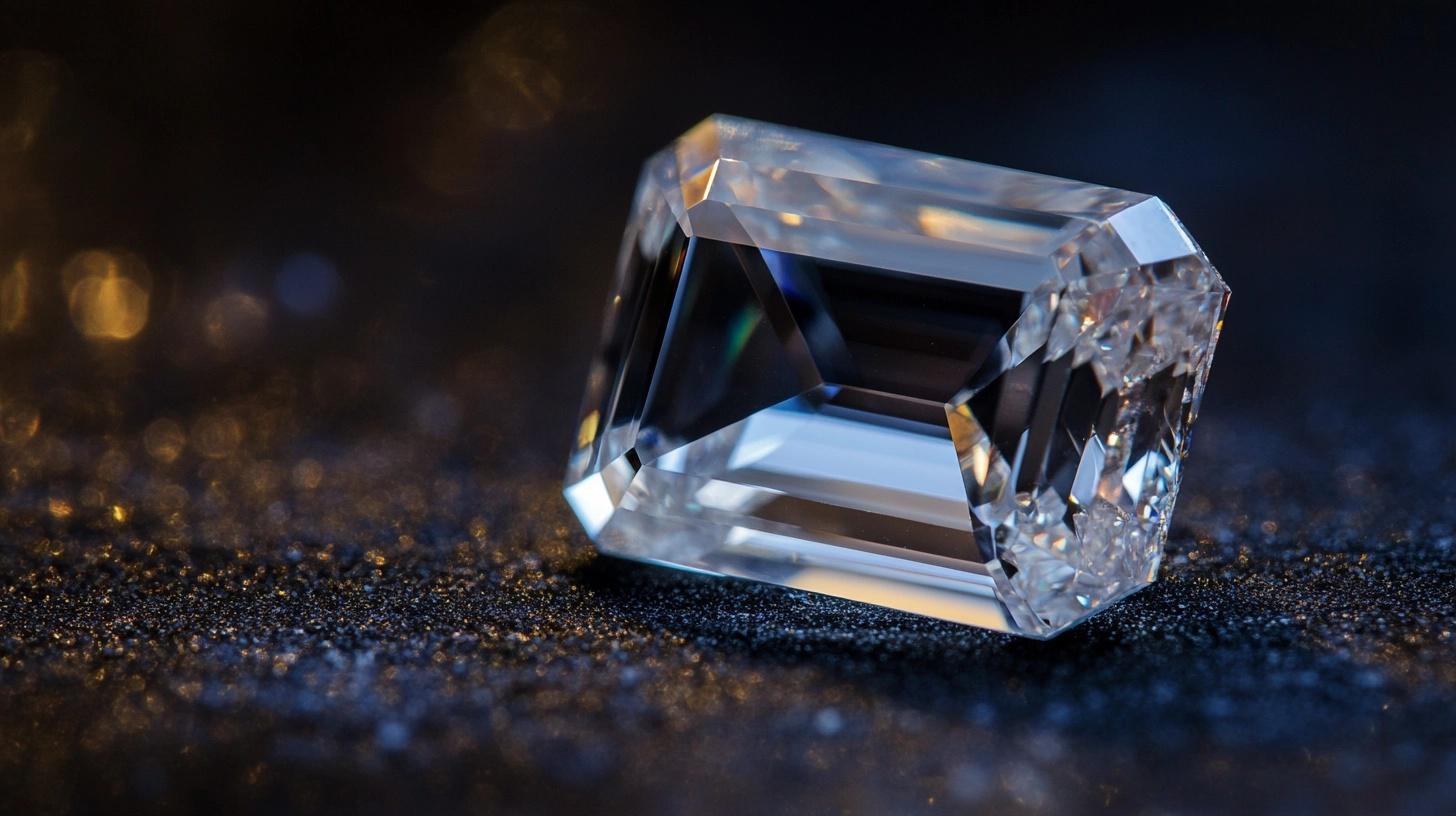
Originally developed for emerald gemstones, this sophisticated cut showcases long, clean lines with step-cut facets. Its design emphasizes transparency and inner clarity above sparkle.
Key Features:
- Requires higher clarity
- Creates slimming effect
- Looks larger face-up
18. Oval Cut
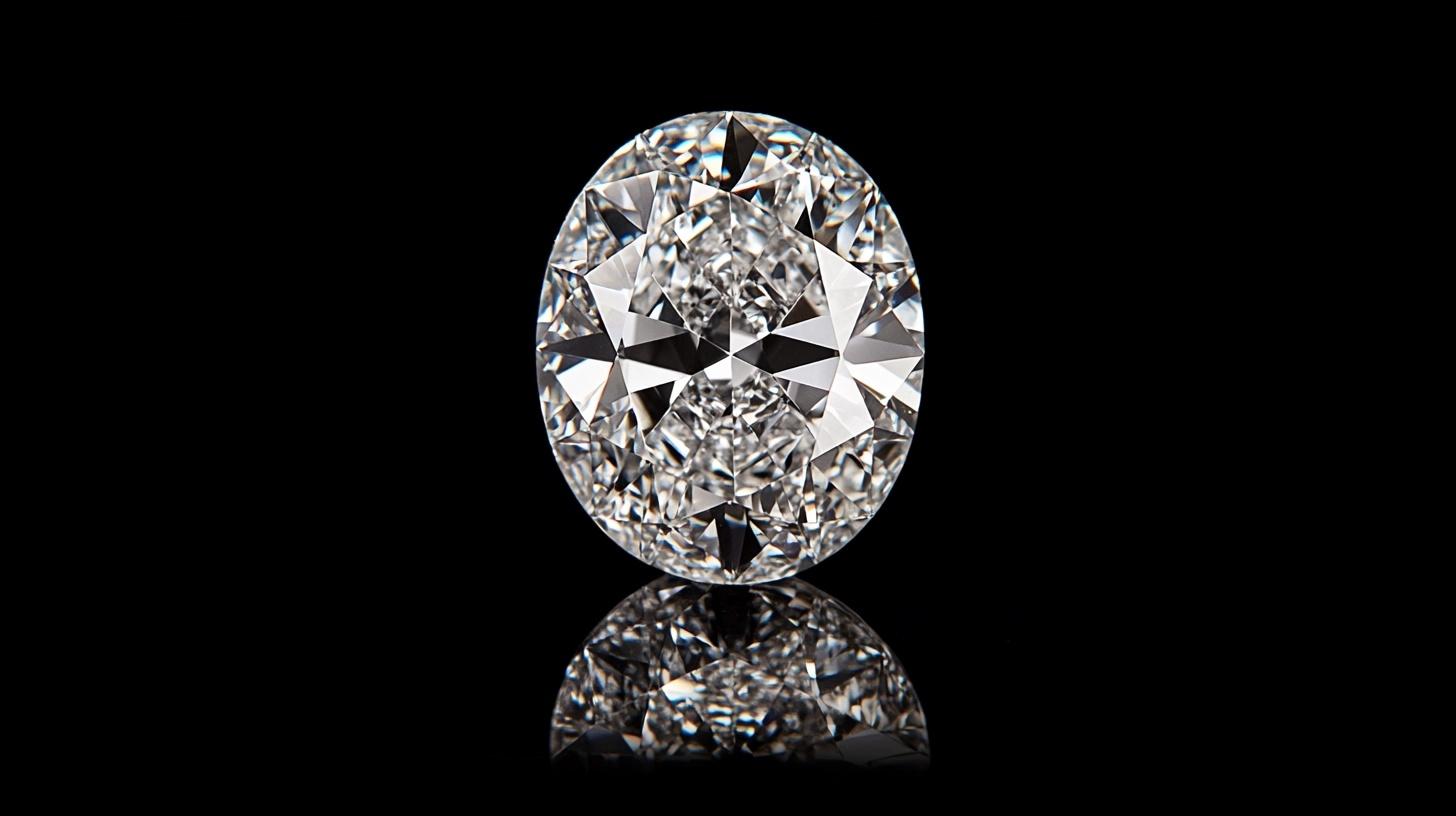
This modified-brilliant cut combines the traditional round’s light performance with an elongated shape. Its design helps minimize the bow-tie effect while creating an illusion of greater size.
Key Features:
- Hides inclusions well
- Finger-lengthening effect
- Versatile setting options
19. Marquise-Cut
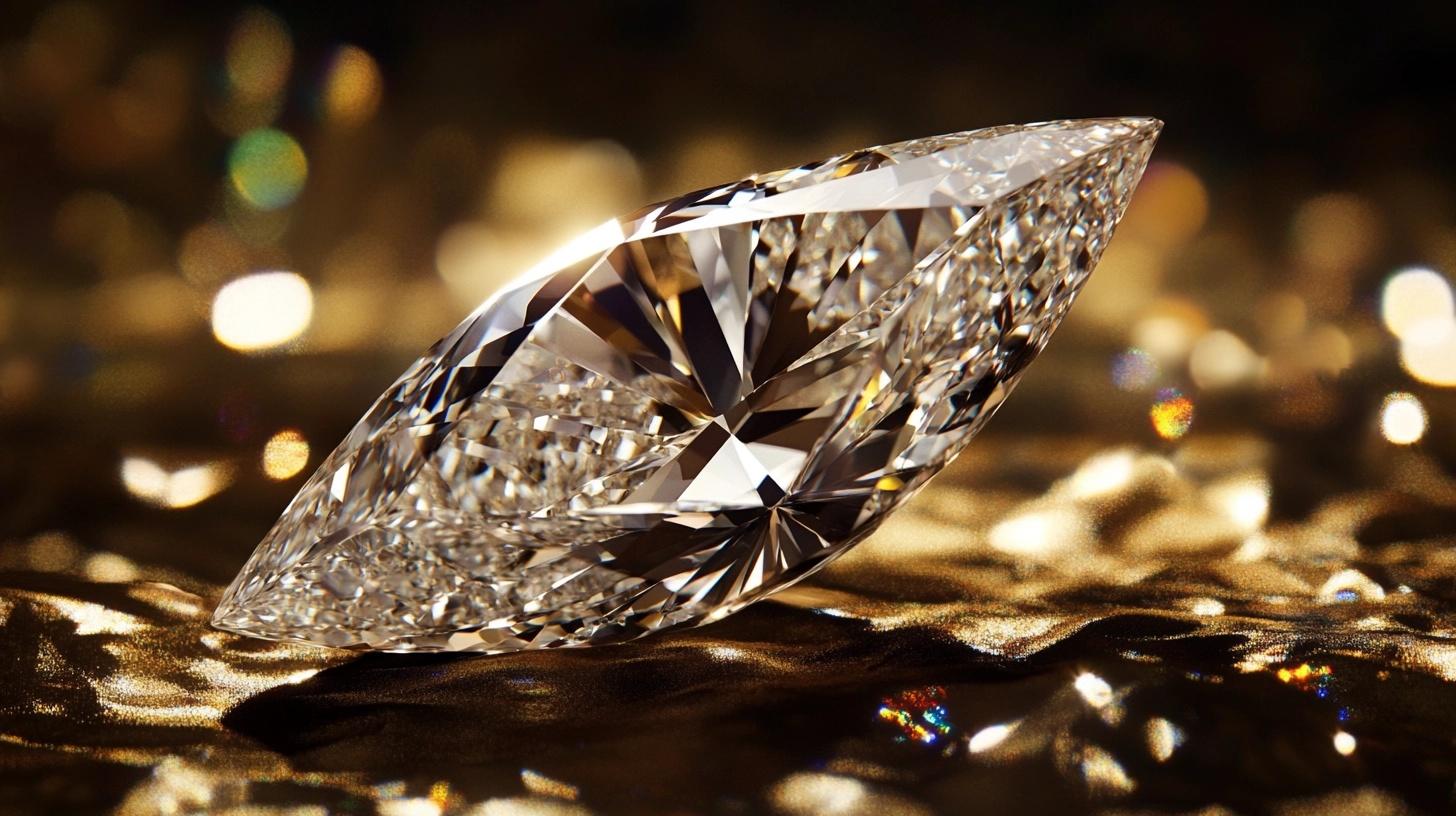
This distinctive shape traces its roots to French royal history, where King Louis XV commissioned a cut to match his mistress’s smile. Its elongated form maximizes surface area visibility.
Key Features:
- Largest face-up appearance
- Ideal for petite hands
- Perfect center stone choice
20. Pear Shape
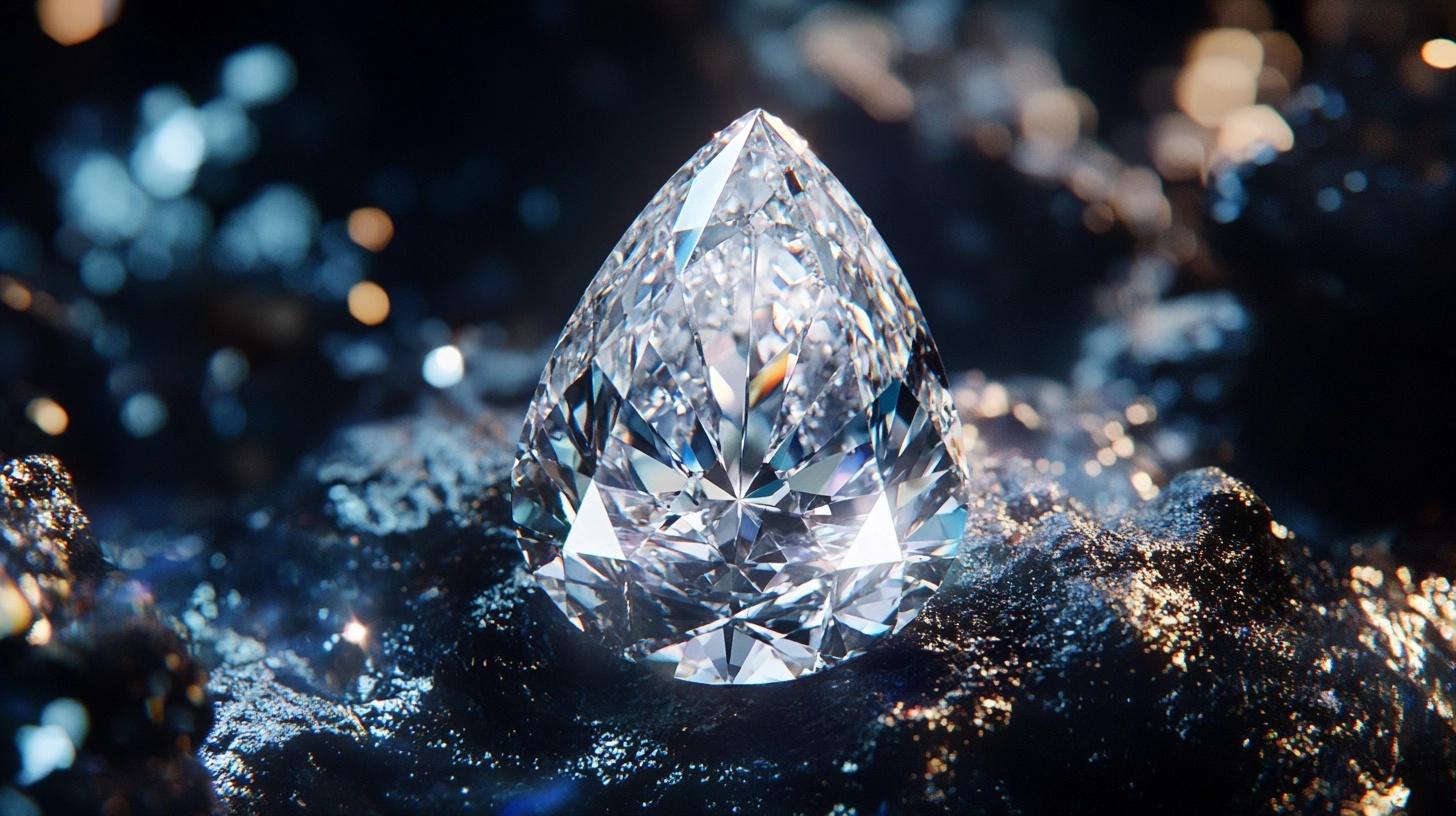
Combining round and marquise influences, this hybrid cut merges classic symmetry with unique style. Its distinctive silhouette offers versatility in both traditional and modern settings.
Key Features:
- Conceals inclusions well
- Asymmetrical beauty
- Suits multiple styles
21. Asscher Cut
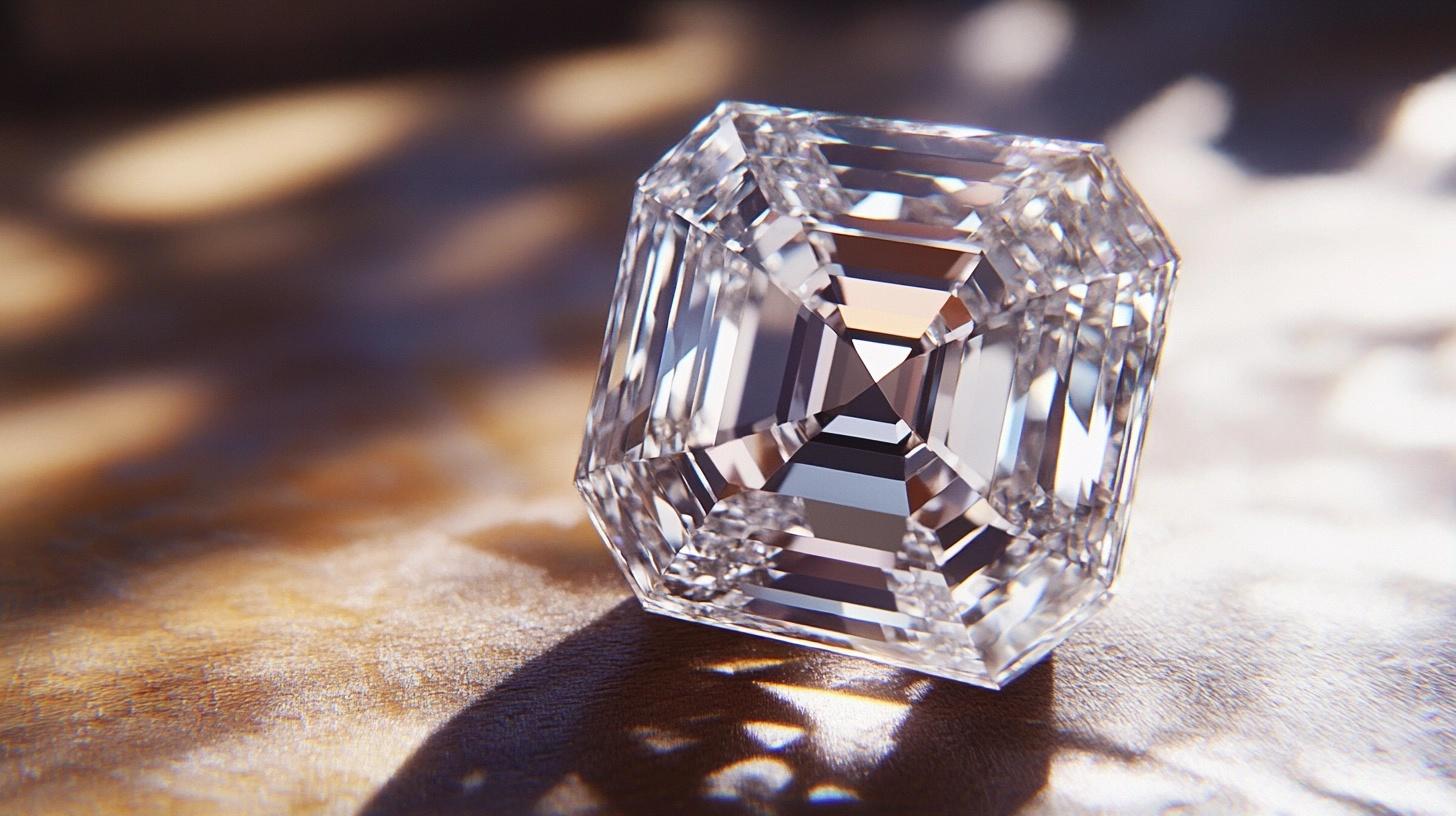
Developed in 1902 by the Asscher Brothers, this architectural design features an octagonal shape when viewed from above. Its deep pavilion creates mesmerizing light patterns.
Key Features:
- Art Deco influence
- High crown height
- Requires excellent clarity
22. Radiant Cut
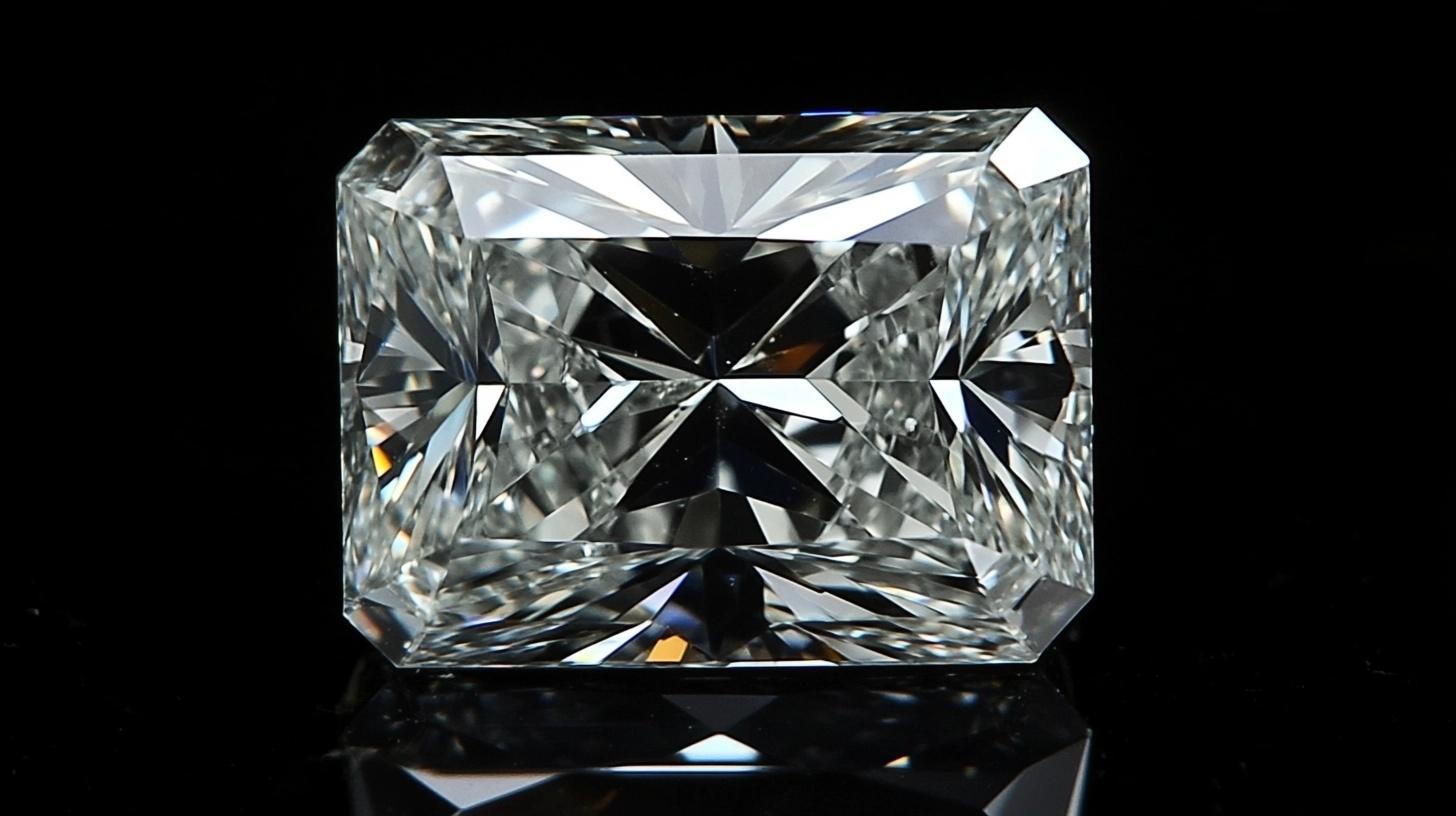
This innovative cut merges the emerald’s clean lines with brilliant-cut faceting. Its trimmed corners and layered facet pattern provide durability while maintaining exceptional sparkle.
Key Features:
- Most brilliant square cut
- Masks color variations
- Excellent for active wear
Conclusion
Diamonds come in an incredible variety, each with its own special qualities and beauty.
From the classic sparkle of white diamonds to rare pink Argyle gems and from flawless stones to those with unique marks, every diamond tells its own story.
Understanding these differences helps you make an informed choice that matches both your style and budget.
When choosing your diamond, consider what matters most to you – whether it’s the perfect clarity of a flawless stone, the unique charm of a colored diamond, or the ethical sourcing of a Canadian gem.
Remember that each type offers different benefits and price points.
Ready to find your perfect diamond? Start by deciding which qualities mean the most to you, and let that guide your choice.

